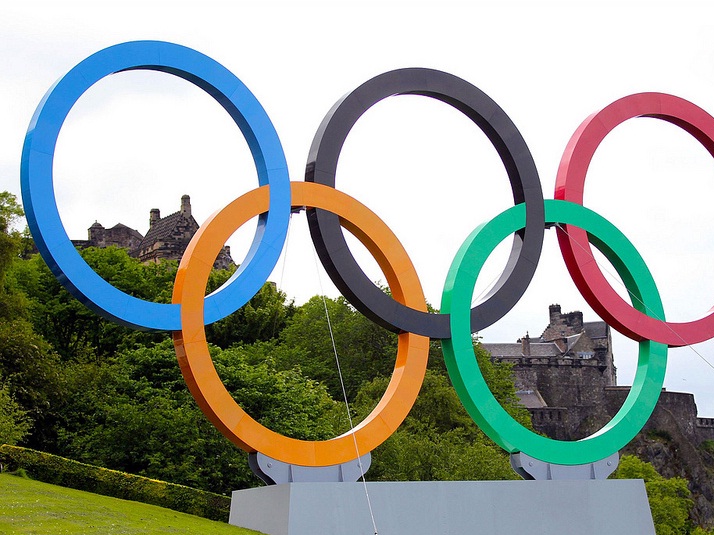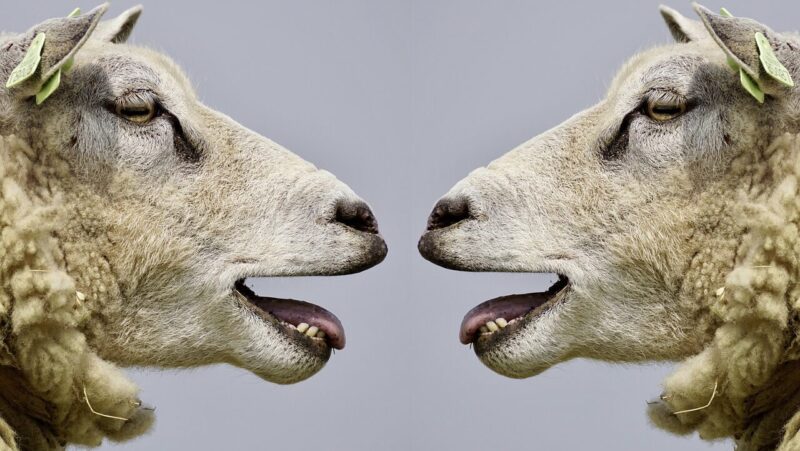The Games has brought huge excitement across the UK inspiring a new generation of young, talented sports men. Steve Mitchell tells us more.
High quality training
Elite sport apprenticeships continue to make a real difference to Team GB's success. In addition to helping young athletes prepare for international competitions, apprenticeships fully equip our youth with the skills they need to survive in a commercial world, as and when they move to a new career path.
In 2004, SkillsActive, the Skills Sector Council for Active Leisure, Learning and Wellbeing, joined forces with both National Governing Bodies (NGBs) of sport and industry experts, to develop a Sports Performance Programme which would support the likes of Tom Daley and Rebecca Adlington through their training years.
The Advanced Apprenticeship in Sporting Excellence (AASE) was the result of this partnership; providing a structured training and development route for talented athletes aged 16-19 with a real chance of excelling in their sport. Fully funded by the Skills Funding Agency, AASE is now offered to 3,000 athletes annually in more than 25 sports.
Over 30 AASE apprentices, both current and alumni, were selected to represent the UK in the Games. This was across swimming, diving, water polo, tennis, synchronised swimming, taekwondo, table tennis and athletics.
 "Flexibility has been critical to the success of AASE and the way the programme is delivered can be adapted to suit the requirements of each individual sport."
"Flexibility has been critical to the success of AASE and the way the programme is delivered can be adapted to suit the requirements of each individual sport."Providing a clear framework
The AASE programme is tailored to reflect the range of skills, knowledge and performance criteria required in elite level sport. Varying between 12 and 24 months (depending on the sport), athletes are given a clear framework to help them develop their skills and build their knowledge. As well as physical training they learn how to plan, apply and evaluate their development across the technical, tactical and psychological aspects of their sport. The programme also covers lifestyle management, media communication, nutrition and health & safety.
Having worked with NGBs and Sport England, AASSE created a selection process which determines which athletes have the proven ability and/or the potential to play at the highest level in their sport. The candidate must either be; a professional full-time athlete, identified by an NGB as 'elite' or involved at a professional club.
Once through the selection process, the apprentices can follow one of two pathways. Like other apprenticeship schemes, athletes must produce a portfolio demonstrating what they have learnt about the units they have studied. This could be presented in the form of a training log, nutrition diary, video samples or journals.
Flexible learning
For many apprentices, the flexibility of the programme ensures that neither their sport nor their studies are compromised. Many undertake additional learning, such as A-levels, through a part-time programme of under 16 hours per week.
Flexibility for NGBs has also been critical to the success of AASE and the way the programme is delivered can be adapted to suit the requirements of each individual sport. Apprentices can either attend an AASE Academy for the full programme or they can continue with school/college studies while training in home clubs and attending additional training workshops.
"The programme is evidence of a commitment from the government and industry in supporting the ongoing development of skills in the UK."
Providing alternative career pathways
So what happens to an apprentice once they complete the programme? Apprentices can secure a professional or semi- professional contract with a professional club or be selected for another talented athlete programme, such as; TASS or the UK Sport World Class Performance Programme. A significant proportion of apprentices go into further or higher education using UCAS points gained on the programme. Alternatively, they can enrol onto an Undergraduate Degree Programme in BSc Sport and Exercise Science or Sports Management.
Should an athlete fall short of their ultimate goal, the AASE programme provides the necessary tools required to pursue a secondary career. One such success story is illustrated by a former AASE apprentice who has now gone on to become a diving development officer, employed by British Swimming.
The programme is evidence of a commitment from the government and industry in supporting the ongoing development of skills in the UK. Young athletes who aspire to be world class are now able to gain the vocational skills from sport that are transferrable to the workplace. By bridging the gap between sport and education we have seen some amazing success stories.
Steve Mitchell is head of national partnerships at SkillsActive. Follow SkillsActive on Twitter here










